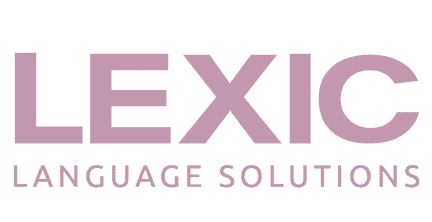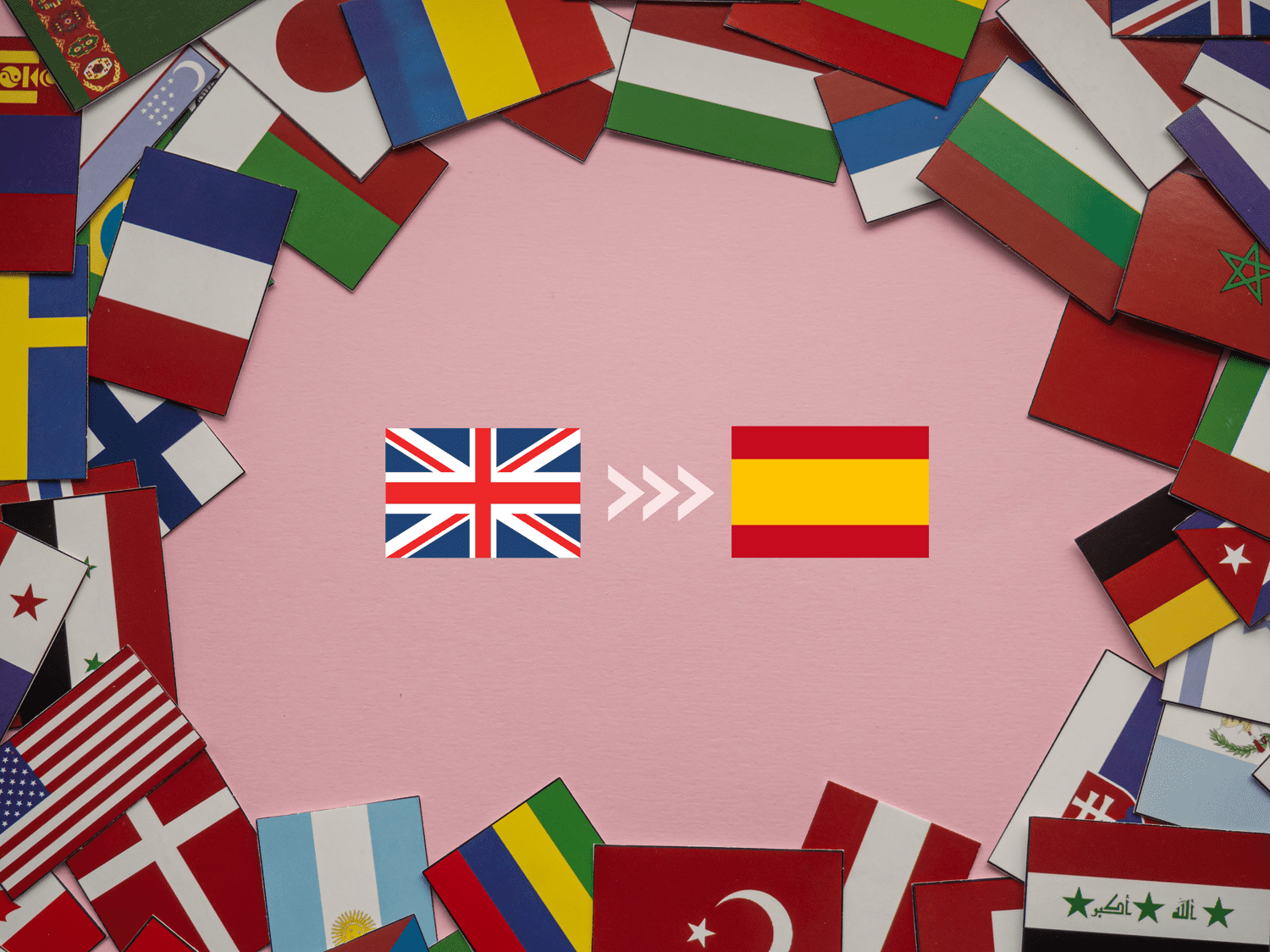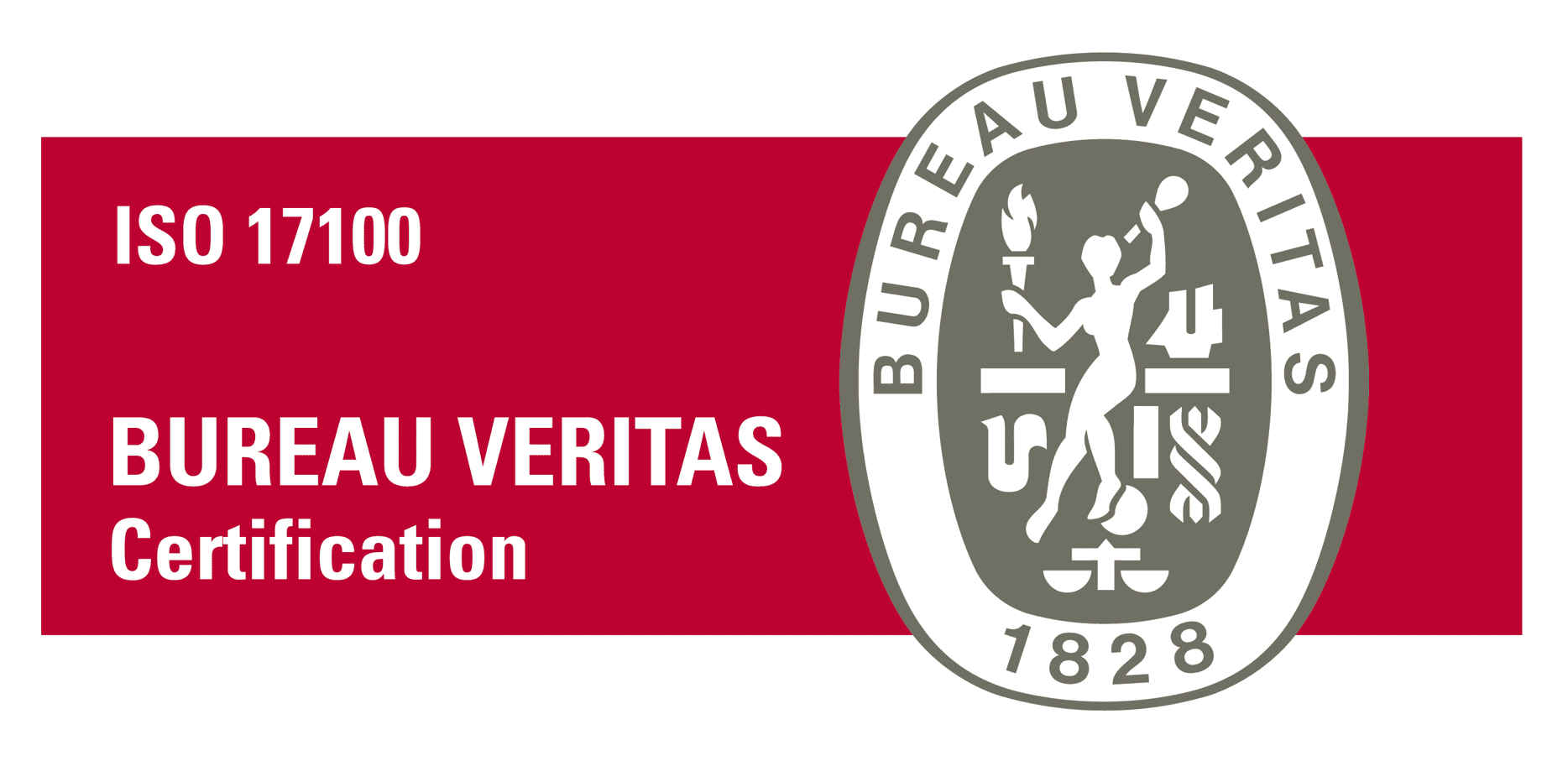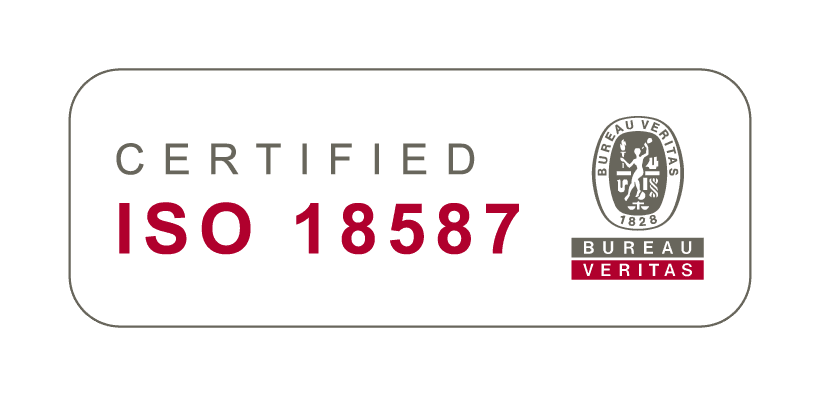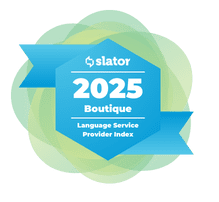Choosing a translation partner can be a challenging undertaking. You want a partner with an established quality assurance process, expertise in the languages you need, strong data security protocols, a responsive project management team, and last but not least a company that can meet your turnaround time requirements.
Given there are more than 30,000 translation companies in the world, a simple way of saving time during research is to restrict your hunt to companies with an ISO 17100 certification. But what does this mean? Here we take a look at ISO 17100 certification and why it is essential for you to choose the right translation partner.
What is ISO 17100?
ISO 17100 is an international standard that specifies requirements for the competence and qualifications of translators, as well as for the translation process and quality control. The standard was published by the International Organization for Standardization (ISO) in 2015 and replaces the previous standard EN 15038.
What does ISO 1700 certify?
It was developed specifically for the translation industry and certifies the quality and consistency of translations by providing a framework for best practices, including:
- The way processes are managed
- The minimum qualifications and skills for translators, revisers, and project managers involved in the translation process
- What resources are available to translators and how these are managed, including the use of translation technology
- Standards for data protection and confidentiality
ISO 17100 certification is an indication that a translation service provider has met the requirements of the standard and is committed to providing high-quality translation services.
ISO 17100 required qualifications for translators
Despite the great advancement of technology in the field of translation, the translator continues to be the backbone of the entire translation process. This is why ISO 17100 establishes that translators should have documented evidence that they can meet at least one of the following criteria:
- has obtained a degree in translation, linguistics, or language studies or an equivalent degree that includes significant translation training, from a recognized institution of higher education;
- has obtained a degree in any other field from a recognized institution of higher education and has the equivalent of two years of full-time professional experience in translating;
- has the equivalent of five years of full-time professional experience in translating.
Besides translation and linguistic skills in the source and the target languages, the standard also specifies that the translator needs to have the following competencies:
- Research, information acquisition, and processing: it’s basically the translator’s ability to acquire additional information to understand the content in the source language.
- Cultural competence: having a thorough understanding of the cultural background, awareness, and sensitivity in the source and target language, as well as the capacity to use current terminology.
- Technical competence: the ability to use the tools and IT systems that are required in the modern translation workflow.
- Domain expertise: refer to working expertise and experience within a particular industry.
Steps in the translation workflow defined by ISO 17100
What does ISO 17100 guarantee for the translation buyer
Competent resources
ISO 17100 is an indication that your translations will be done by qualified translators and linguists who have the necessary experience and education. The standard guarantees the use of the four-eyes principle, which means that the translated text is always revised by a second, independent translator.
Turn-around times
ISO 17100 doesn’t just cover the translation process; it also includes requirements for project delivery. When you work with a certified language service provider, you substantially reduce the possibility of a delayed product.
Reduced risk
Overall satisfaction
ISO 17100 also includes a section on feedback. In doing so, the standard assures clients that, if a translation does not meet their expectations, there’s an established mechanism to solve any issues.
